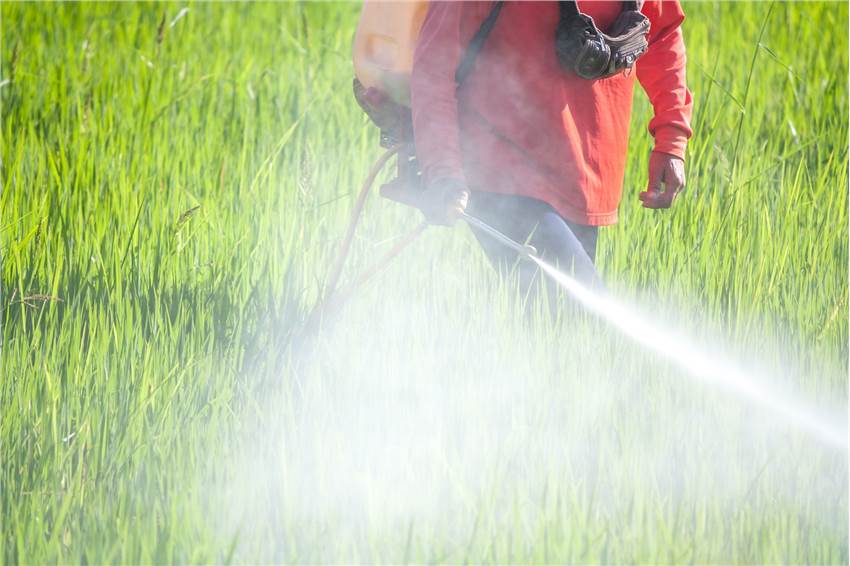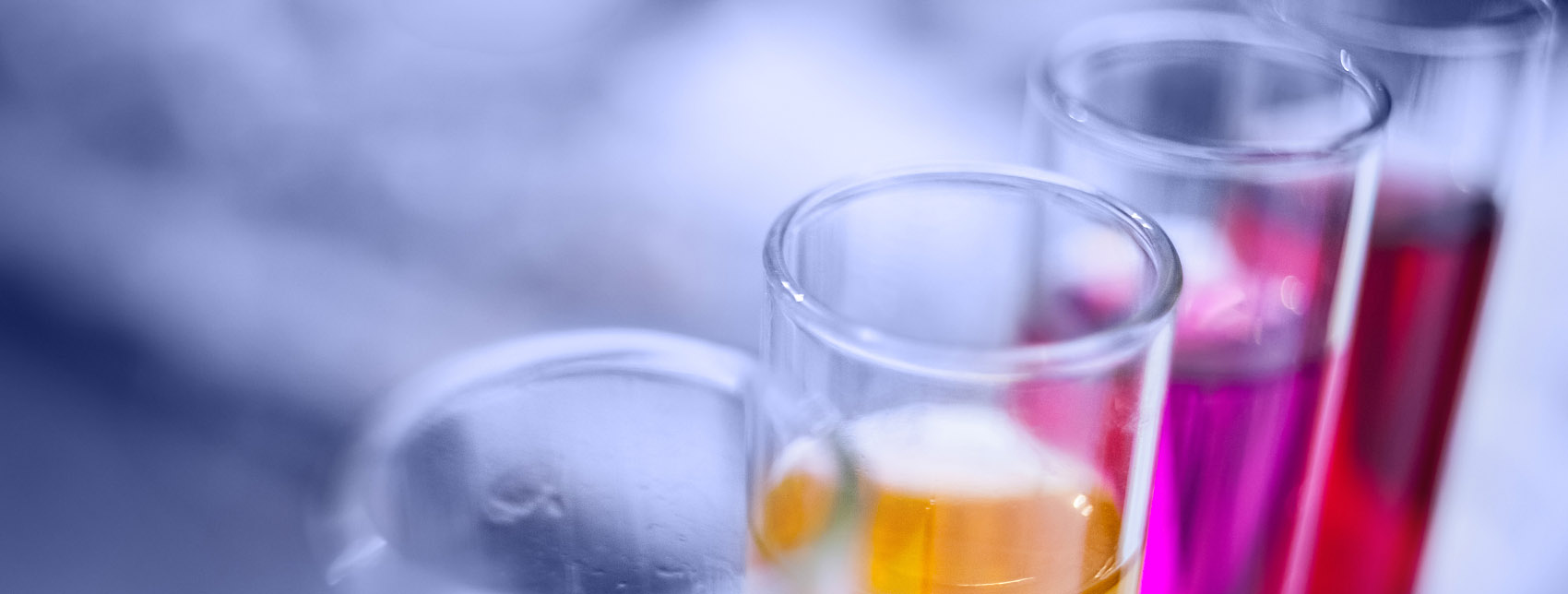The acute inhalation toxicity test is the basic test of a toxicology test. Our company provides customers with professional acute inhalation toxicity test service to test whether the test samples into the biological body of the pesticide on the cells, blood, and biological body function and other toxic effects, for subacute and other inhalation toxicity test to provide the basis for dose selection.
Test Purpose
The purpose of our service is to provide a preliminary understanding of the acute toxicity characteristics and dose-response relationships of the samples to laboratory animals through short inhalation toxicity, to provide a scientific reference for acute inhalation toxicity classification, labeling management and other related toxicological studies, and also to provide a basis for the development of protective measures in the production and application process.

Test Range
Veterinary drugs, pesticides, chemicals, fungicides, organic toxicants, solid waste, domestic waste leachate, hazardous waste, sewage, sludge, water quality, surfactants, etc.
Test Items
Test Methods
Our company offers the following acute inhalation toxicity test items:
- Acute inhalation toxicity test for pesticides.
- Acute inhalation toxicity test for cosmetic products.
- Acute inhalation toxicity test for chemicals.
- Medical device systemic toxicity test (acute inhalation toxicity test).
- Acute inhalation toxicity test (cigarette class).
- Acute inhalation toxicity test: solid concentration test method.
- Disinfection products subacute inhalation toxicity test.
About Acute Inhalation Toxicity Test Service
Test Method
Our company uses a mechanical ventilation device to continuously and uniformly feed air containing a certain concentration of the samples into the dye cabinet. A constant airflow, pesticide concentration, temperature and humidity should be maintained in the cabinet.
The use of whole-body exposure or head and nasal exposure to animals for a continuous 4 h of acute inhalation. If the whole-body exposure of animals is used, to ensure that the air in the cabinet is stable, care should be taken to ensure that the total volume of test animals does not exceed 5% of the cabinet volume.
Observe the toxicity response and death of animals after poisoning. Animals that die during the test should be subjected to necropsy, and animals that are still alive at the end of the test should be executed and subjected to gross deprogramming.
Subjects
- Gaseous samples: After mixing with air to a certain concentration by the flow meter, directly input to the poisoning cabinet.
- Lower boiling point and volatile liquid samples: According to the physical and chemical properties, you can choose the spray method, or use the aerosol generation device to prepare liquid aerosol, and then mixed with a certain air into the dye cabinet.
- Powdered or solid samples: Prepare solid aerosol by an aerosol-generating device, then mix with certain air and input to the dye cabinet.
Test Animals
Preferred healthy rats of 8 to 10 weeks of age, with body weight differences not to exceed ±20% of the body weight of the same sex.
We will set up at least 3 groups of different concentrations of poisoning, with at least 10 animals in each concentration group, 5 animals of each sex.

Observation Index
We will make one observation per day for 14 consecutive days, not to exceed 21 days.
Observations will include, at a minimum, the central and neuromuscular systems, the vegetative nervous system, the respiratory system, the genitourinary system, the skin and coat, the digestive system and the eyes, as well as weighing (before, after and before execution) and toxicological examinations including body weight.
Acute Inhalation Toxicity Test Report
The final test report we provide includes the following.
- Pesticide sample name, preparation method, and concentration used.
- The airflow speed in the dynamic poisoning equipment.
- Species, strain and source of experimental animals, partial pressure of oxygen (specify the certificate of conformity number and animal level).
- Experimental animal feeding environment, including feed sources, room temperature, relative humidity, and animal laboratory certification number.
- Concentration and grouping of animals, sex, number and weight range of animals used in each group.
- The method of calculating the median lethal dose (LD50).
- The animal's signs of poisoning and the time of appearance and recovery, the time of death, and the gross autopsy.
- Tabular report of the results, the calculated LD50 and its 95% confidence interval.
- Final conclusions.
If you are looking for the best solution in the field of toxicology research, please feel free to contact us.
It should be noted that our service is only used for research, not for clinical use.


